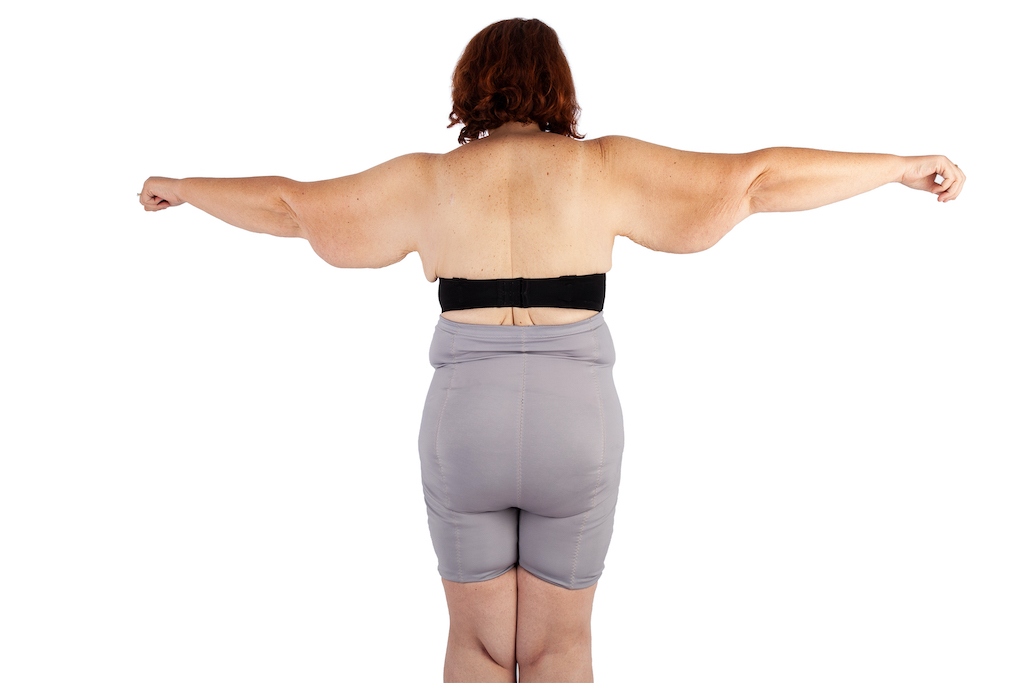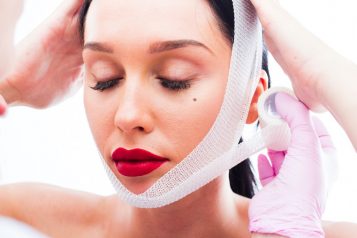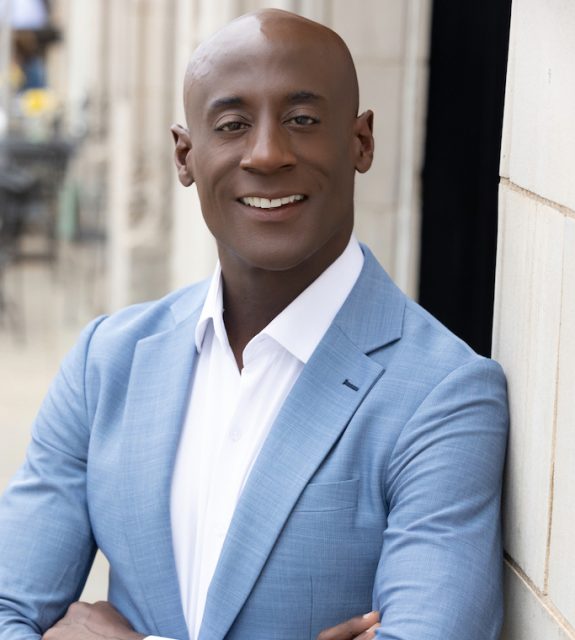Award-winning and board-certified plastic surgeon Dr. J. Timothy Katzen is proud to offer a comprehensive range of aesthetic procedures to women and men at his esteemed facilities in Beverly Hills, CA and Las Vegas, NV. Having been featured on a number of television programs, such as TLC's The Real Skinny and Discovery Health's The Incredible Shrinking Woman, he has gained recognition for his advanced after weight loss surgery techniques. The most notable of these techniques is his trademark 360 circumferential body lift, which he has performed for numerous patients to help them fully realize their post-weight loss body goals. Dr. Katzen cares deeply for each of his charges and actively involves them in the decision-making process of their personalized surgical treatment plans. This is to ensure that their unique concerns are addressed and goals met.
Haute Beauty sits down with Dr. J. Timothy Katzen to learn more about a Brachioplasty.
 Photo Credit: Shutterstock
Photo Credit: Shutterstock
HB: What is a Brachioplasty?
An arm lift or Brachioplasty is a permanent surgical procedure to reduce the size of the upper arms, remove upper arm skin and fat, and tighten your upper arms. Other surgical goals of the arm lift include improving your upper arms' overall appearance and making your arms more proportional to your forearms and the rest of your body. The word “Brachioplasty” comes from a combination of the Greek word “brakhion,” which means “arm,” and the Greek word “plastia” or “plastos," which means “to mold or to form.” Technically, an arm lift is really an arm reduction; during a Brachioplasty, the arms are reduced, not just lifted.
HB: How does a Brachioplasty work?
An arm lift/reduction is a two-step surgical procedure performed during the same surgical setting. During an arm lift/reduction, arm liposuction is performed to remove excess arm fat and aide in the arm's surgical dissection. Once the excess upper arm fat is removed, then the excess arm skin is removed. The arm lift incision depends on the amount of excess arm skin you have. If you have a “little” arm skin, a limited incision, crescent excision in the armpit maybe your best option. If you have a little “more” excess upper arm skin than just in the armpit, you may need a limited T-incision excision. During the limited T-incision arm lift/reduction, a “T” shaped area of upper arm skin and fat is removed. If you have excess arm skin and fat around the elbows, you may need an incision from the elbow to the armpit. The incision from the armpit to the elbow is the most common and most definitive method to remove excess arm skin and fat. During this type of arm lift, an elliptical area of arm skin and fat is removed.
All arm lift/reduction incisions are closed with absorbable sutures so that no sutures will need to be removed. Also, during an arm lift/reduction, drains are not used.
The arm lifts/reduction is performed under general anesthesia and is an out-patient procedure (that means you go home the same day).
HB: Who is the right candidate for this procedure?
There are three reasons why patients develop arms that need an arm lift/reduction. The first reason you may need an arm lift/reduction is that your arms may be genetically big. No matter how hard you exercise or diet, the size of your arms does not change. You should look to your parents’ arms to see their arm genetic traits have been passed to you. The second reason you may need an arm lift/reduction is that your arms may be loose from significant weight loss from either diet, exercise, gastric surgery, or pregnancy. The third reason you may need an arm lift/reduction is that your arms are loose due to natural aging and sun damage.
Regardless of the reason for your large arms, candidates for an arm lift/reduction should be in good medical health and at a stable weight for three months. Additionally, arm lift/reduction candidates must be nicotine-free for three months. Before any arm lift/reduction is performed, blood and urine tests, chest X-ray, and EKG are performed. If these are normal, you should be able to proceed with an arm lift/reduction.
HB: How does a Brachioplasty compare to other similar treatments?
Basically, there can be only three main anatomic problems with the upper arm. The problem is either arm skin, arm fat, or a combination of both arm skin and fat. If the problem is arm skin, the arm skin needs to be removed with an incision. There is no other way to remove arm skin without an incision. Some novel new technologies can SLIGHTLY tighten the arm skin, like VASER liposuction, RENUVION and J-plasma. However, VASER and radiofrequency only provide LIMITED arm skin tightening. Again, if the arm skin is loose, the arm skin needs to be surgically excised. If arm fat is the problem, arm fat can be removed with liposuction or direct surgical excision. If arm fat is removed with arm liposuction, you and your plastic surgeon rely on the ability of the arm skin to contract. If only arm liposuction is performed, you may be left with loose arm skin. Therefore, arm liposuction alone has limited applications. Usually, most patients have arm skin and fat issues. Thus, most patients require both arm and fat removal with an arm lift/reduction.

HB: What does recovery look like?
The recovery from an arm lift is about two weeks. For the first two to three days, you will need someone to help you. However, two weeks after an arm reduction, you should be able to perform activities of daily living and be able to take care of yourself. Two to three weeks after your arm reduction, you should be able to return to a desk job that involves data entry and answering phones. If your employment consists of a lot of physical activity and lifting, you should consider returning to work three to four weeks after your arm lift. After about two weeks, most of the arm swelling subsides. However, it will take about six to eight weeks for all the arm swelling to dissipate. You will be expected to wear an arm compression garment for six weeks after your arm lift. About two to three weeks after your arm lift, you can return to lower body workouts. About two to three months after your arm lift, you should be able to return to upper body workouts. During this time, Dr. Katzen advises you to wear silicone cream and silicone gel sheeting to minimize the arm lift scar.
For more information, visit Dr. Timothy Katzen's social media:

























